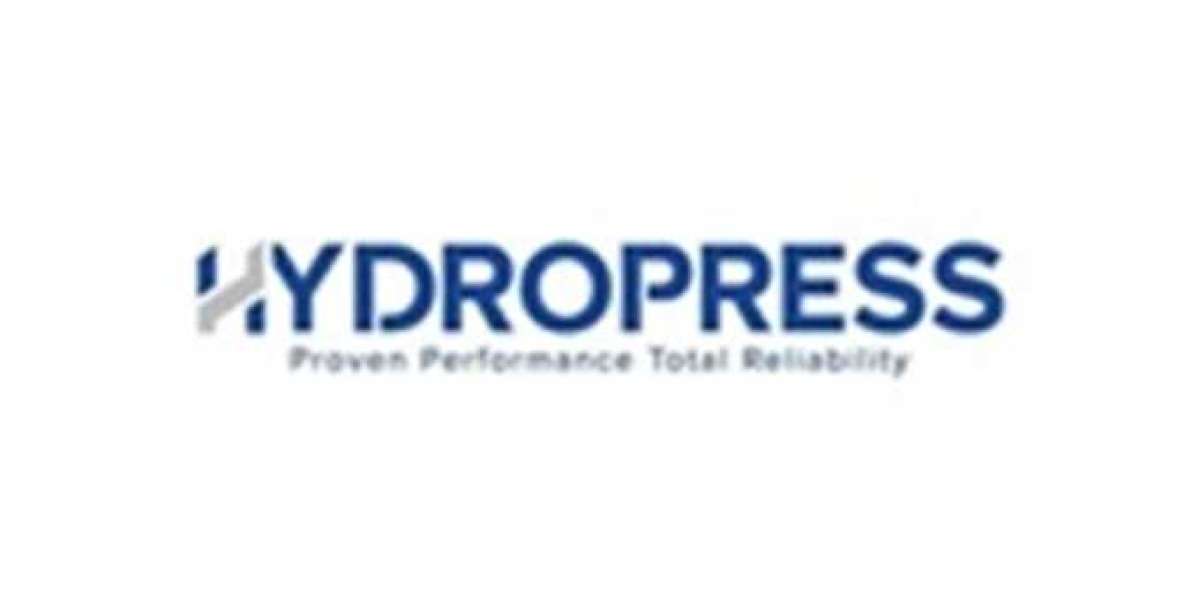Fuel is money—and for B2B fleets, it's often the biggest operational expense. From delivery vans to heavy-duty trucks, each vehicle consumes gallons of fuel daily.
But what if you could track every drop, prevent wastage, and slash costs significantly, month after month? That’s exactly what Fuel Monitoring Systems brings to the table.
These systems are helping businesses save thousands in fuel costs by offering real-time visibility, eliminating pilferage, and optimising driving behaviour.
In this blog, we’ll explore how smart fuel monitoring transforms fleet efficiency and protects your bottom line.
The Cost Problem: Fuel as a Major Expense
For B2B fleets, fuel is often the single largest operational cost, accounting for up to 30-40% of total expenses. A mid-sized fleet can burn through thousands of litres every month, and even minor inefficiencies can add up to significant financial losses. But the problem isn’t just high consumption—it’s the hidden waste.
Fuel theft, under-the-radar pilferage, excessive idling, and inefficient routing all quietly eat into profitability. According to industry reports, idling alone can waste up to 1 litre of fuel per hour per vehicle.
Manual fuel tracking methods like paper logs or basic spreadsheets offer limited visibility and are highly prone to human error, manipulation, and delayed reporting. In the absence of real-time insights, fleet managers struggle to identify leakage points and control costs effectively.
These gaps not only inflate fuel bills but also weaken accountability across operations, making a strong case for automated fuel monitoring systems.
What is a Fuel Monitoring System?
A Fuel Monitoring System is a telematics-based solution that allows fleet operators to track, measure, and optimise fuel usage in real-time. It’s designed to prevent fuel-related losses, improve efficiency, and ultimately reduce operational costs.
Key Components:
- Fuel Level Sensor: Installed in the fuel tank, it continuously measures the amount of fuel and detects anomalies like sudden drops or inconsistent refuelling.
- Telematics System: Collects and transmits fuel data along with GPS location, engine stats, and driving behaviour.
- Dashboard/Software Interface: Presents the data in a user-friendly format, allowing managers to view reports, set alerts, and make informed decisions.
How It Works in Real-Time:
Once installed, the system captures real-time data on fuel levels and vehicle activity. It flags unusual fuel consumption, notifies about potential theft, and provides comprehensive insights into when, where, and how fuel is being used—empowering fleet managers to respond instantly and decisively.
Key Ways Fuel Monitoring Systems Save Costs
1. Real-Time Fuel Tracking ⏱️
Stay updated on every litre of fuel consumed across your fleet.
- Prevents Pilferage: Instant alerts on sudden fuel drops help detect siphoning.
- Immediate Notifications: Refuelling and consumption data are logged in real-time, minimising discrepancies.
2. Reducing Fuel Theft Fraud ?️
Fuel theft can happen at fuel stations, in transit, or at depots—often going unnoticed.
- Siphoning False Refuelling Claims: The system flags unusual refuelling patterns and sudden fuel level drops.
- Fuel Card Misuse: Tracks mismatch between fuel purchased and actually filled, helping eliminate fraud.
3. Optimising Driver Behavior ?
How your drivers drive has a direct impact on fuel usage.
- Monitors Driving Patterns: Tracks idling, speeding, harsh braking, and aggressive acceleration.
- Encourages Efficient Driving: Use data to coach drivers and incentivise low-consumption behaviour.
4. Route Optimisation Planning ?️
Wasted distance equals wasted fuel.
- Avoids Detours Dead Mileage: Combine fuel monitoring with route planning to cut unnecessary travel.
- Boosts Delivery Efficiency: Plan smarter routes based on past performance and fuel patterns.
5. Monitoring Fuel Efficiency Trends ?
Analyse and improve over time.
- Track Performance by Vehicle: Compare mileage and fuel usage per vehicle and driver.
- Supports Preventive Maintenance: Poor mileage might signal maintenance issues—catch them early to avoid breakdowns.
Conclusion: Fuel Savings Start With Smart Monitoring
In today’s competitive and cost-sensitive business environment, fuel efficiency isn’t a luxury—it’s a necessity. For B2B fleets managing dozens or even hundreds of vehicles, small leaks in fuel oversight can lead to massive financial losses.
Fuel Monitoring Systems offer a powerful, tech-driven solution—helping businesses track consumption in real time, eliminate fuel theft, optimise routes, and improve driver efficiency.
The result? Thousands saved every month, better asset utilisation, and a greener, more responsible fleet.
Whether you're running a logistics fleet, construction vehicles, or rental cars—fuel monitoring is your fast lane to profitability and sustainability.
Ready to take control of your fuel expenses? Try TrackoBit’s Fuel Monitoring System today.








